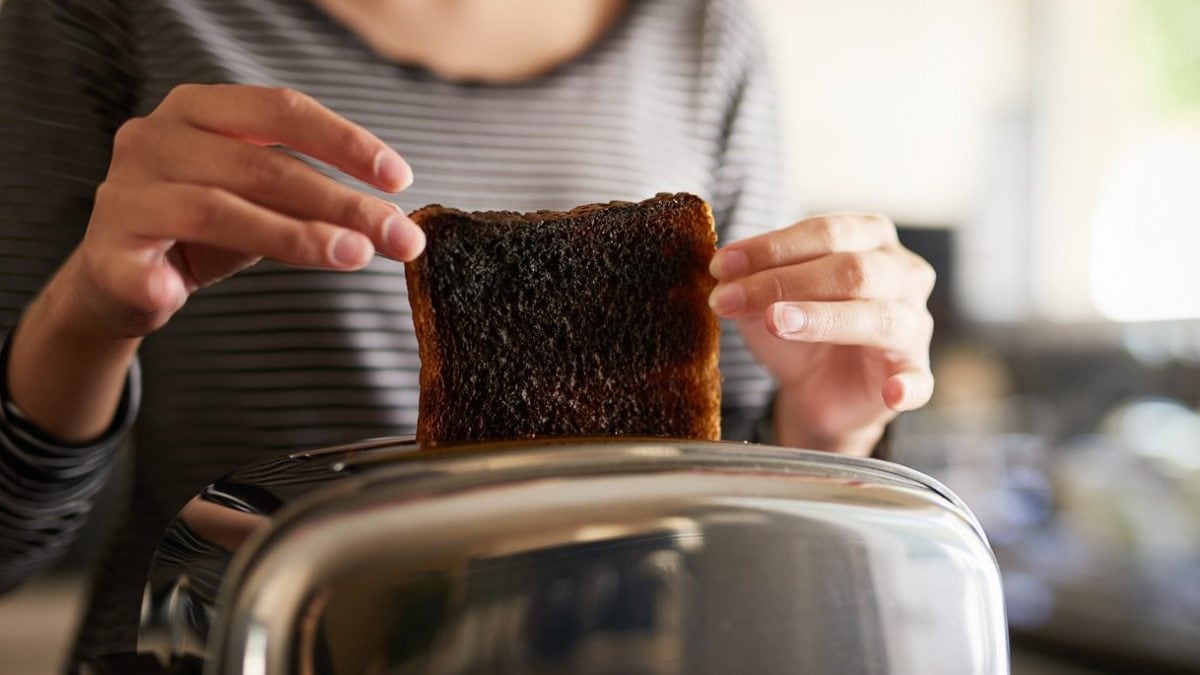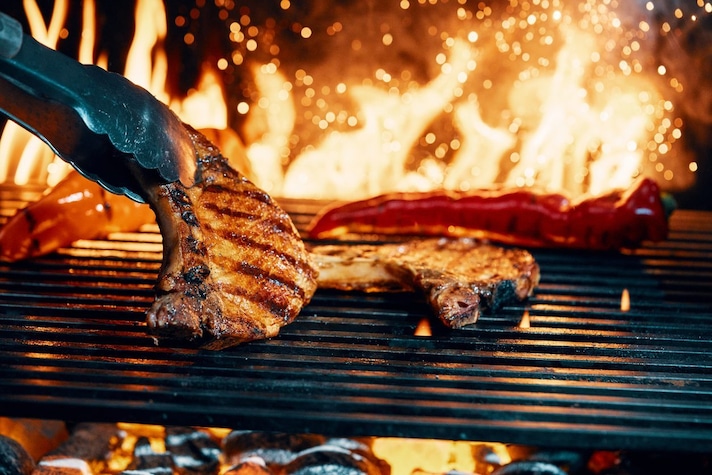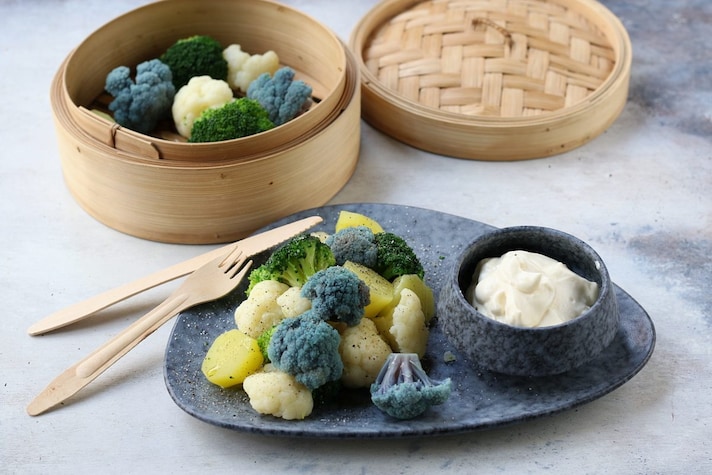
Biting into a slice of toasted bread or crunching on some golden brown French fries is a pleasure impossible to resist. Not to mention that the distinctive crunch of food, once bitten, is an experience that engages multiple senses and brings great satisfaction and pleasure. But what do you do when a food, even a very tasty one, seems too dark or burnt? Can eating these foods have negative health consequences?
What is Acrylamide?
In addition to the quality and provenance of foods, it's also important to pay attention to cooking methods: habitually cooking certain foods for a long time and at high temperatures can not only deplete them of vitamins, minerals, and antioxidants, making them less nutritious, but it can also be very dangerous to our health. Eating burnt foods isn't a tragedy if it happens every now and then, but it's certainly not a healthy habit.
Consuming foods with excessively browned or even blackened parts on a daily basis can be harmful. The problem is that burning leads to the formation of substances such as acrylamide (in starchy foods) and compounds such as polycyclic aromatic hydrocarbons (for example, in meats grilled at high temperatures). The result of a reaction between certain sugars and the amino acid asparagine, acrylamide can develop during high-temperature cooking of starchy foods, such as potatoes, bread, biscuits, and the toasting of cereals and coffee.
These molecules, in experiments on cells and animals, have been shown to promote cellular damage linked to carcinogenic effects. For humans, the issue is less clear: there is no definitive proof that burnt toast or a very dark roast causes cancer, but common sense suggests not to overdo it.
The FDA, while declaring the risk very low, recommends limiting consumption of acrylamide and therefore of foods subjected to these treatments. But which foods should we pay most attention to? In 2016, EFSA compiled a list of those products that potentially contain higher levels: these include fried potato products, followed by coffee, soft bread, biscuits, cakes, and breakfast cereals.

What Happens to My Body if I Eat Burnt Food?
As we have seen, prolonged cooking at high temperatures of starchy foods such as potatoes or bread can trigger a chemical reaction between proteins and sugars that leads to the formation of acrylamide; the same applies to meat, including processed meat, and fish: if fried, grilled or cooked on the grill for a long time and at an excessively aggressive heat, they can generate substances that are potentially harmful to health, such as heterocyclic amines and polycyclic aromatic hydrocarbons.
Unlike acrylamide and heterocyclic amines, which are formed through chemical reactions within foods, polycyclic aromatic hydrocarbons are formed through the incomplete combustion of organic material, such as wood or charcoal used for grilling, or grease dripping from meat onto a hot heat source.
Scientific research conducted on laboratory animals, however, subjected to very high doses of acrylamide (therefore incompatible with a healthy and balanced diet), has demonstrated that exposure to this substance increases the risk of cancer.
So should we avoid these irresistible foods altogether? Absolutely not: the key is balance and regularity. When it comes to diet, what we eat every day is much more important, not the single charred morsel, and we absolutely must not listen to professionals and laypeople who spread psychological terror on social media.
The occasional consumption of slightly overcooked or burnt foods isn't harmful to your health, but it's important to pay attention to our daily choices. The secret is always to ensure varied meals, eat plenty of fruits and vegetables, and frequently vary the cooking methods, opting for the least "destructive" ones.
As always, "the dose makes the poison." To demonstrate this, let's take the example of coffee: despite its high concentration of acrylamide, it is a product with well-known beneficial properties, demonstrated by countless scientific studies. Of course, if you don't overdo it.

Some Tips for Healthy and Safe Cooking
To minimize the intake of these potentially dangerous substances, it's important to avoid burnt or dark brown foods, preferring slightly browned ones, and cook them at a temperature no higher than 350°F/180°C. We also favor gentle and gentle cooking methods, such as steaming, slow cooking, low-temperature baking, boiling, or quick stir-frying.
Before frying or roasting potatoes, it can also be useful to peel them, cut them into cubes or sticks and immerse them in cold water for about half an hour: in this way we will remove the excess starch, reducing the potential formation of acrylamide.
If, however, you're hosting a nice barbecue, plan to marinate meat or fish with extra virgin olive oil, lemon juice or white wine, salt, and various herbs: marinating them in the marinating liquid appears to reduce the formation of potentially toxic substances by up to 90 percent. During cooking, it's essential to avoid direct contact with the flame, managing the heat carefully, and then thoroughly cleaning the grill to prevent charred residue from contaminating subsequent dishes.
;Resize,width=767;)
